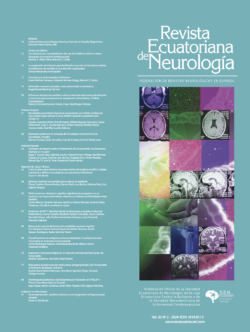Introduction: Hypoxic-ischemic encephalopathy (HIE) is a common cause of cerebral palsy and other severe neurological deficits in children. This study systematically evaluates the methodological quality of clinical practice guidelines (CPGs) on HIE using the AGREE II instrument.
Methodology: Ten CPGs were evaluated using the AGREE II instrument. Overall inter-rater agreement was calculated with the intraclass correlation coefficient (ICC).
Results: The “scope and purpose” domain received the highest score (78.33%, SD = 16.40, ICC 0.82), while the “applicability” domain received the lowest score (42.71%, SD = 38.86, ICC 0.85). Three guidelines were classified as “high quality” and seven as “low quality”. No significant differences were found in the quality of guidelines published between 2012-2017 and 2018-2023 (p = 0.20).
Conclusions: Most guidelines were rated as having low methodological quality, with the applicability domain receiving the lowest scores. Gaps were identified in the development of HIE guidelines between high-income and low/middle-income countries, and there was limited user involvement in formulating recommendations.





